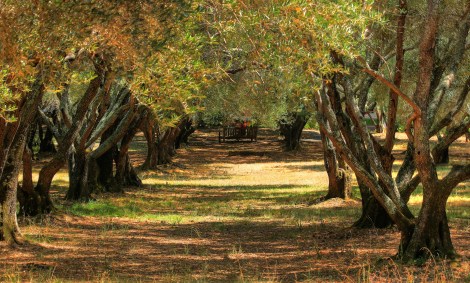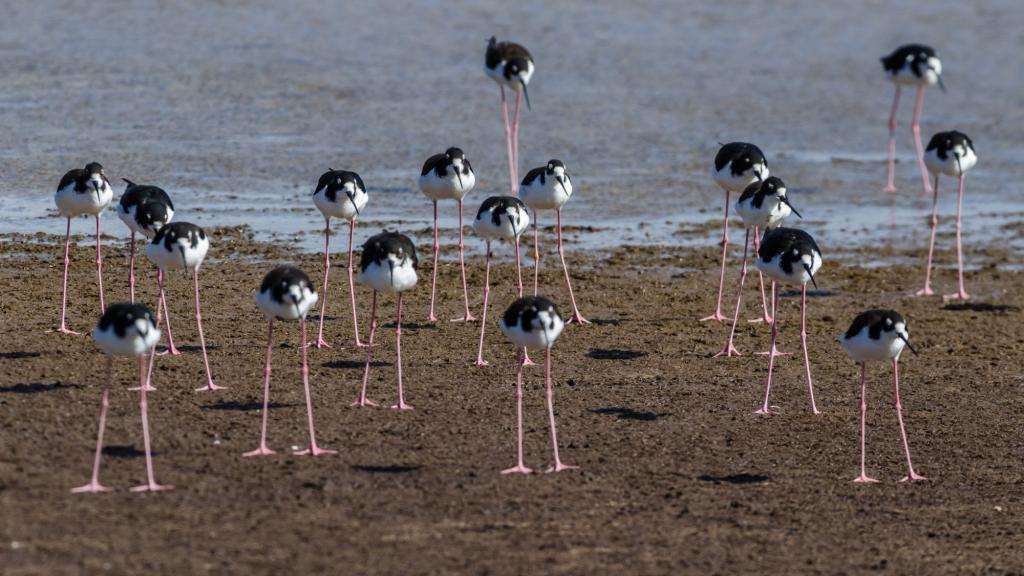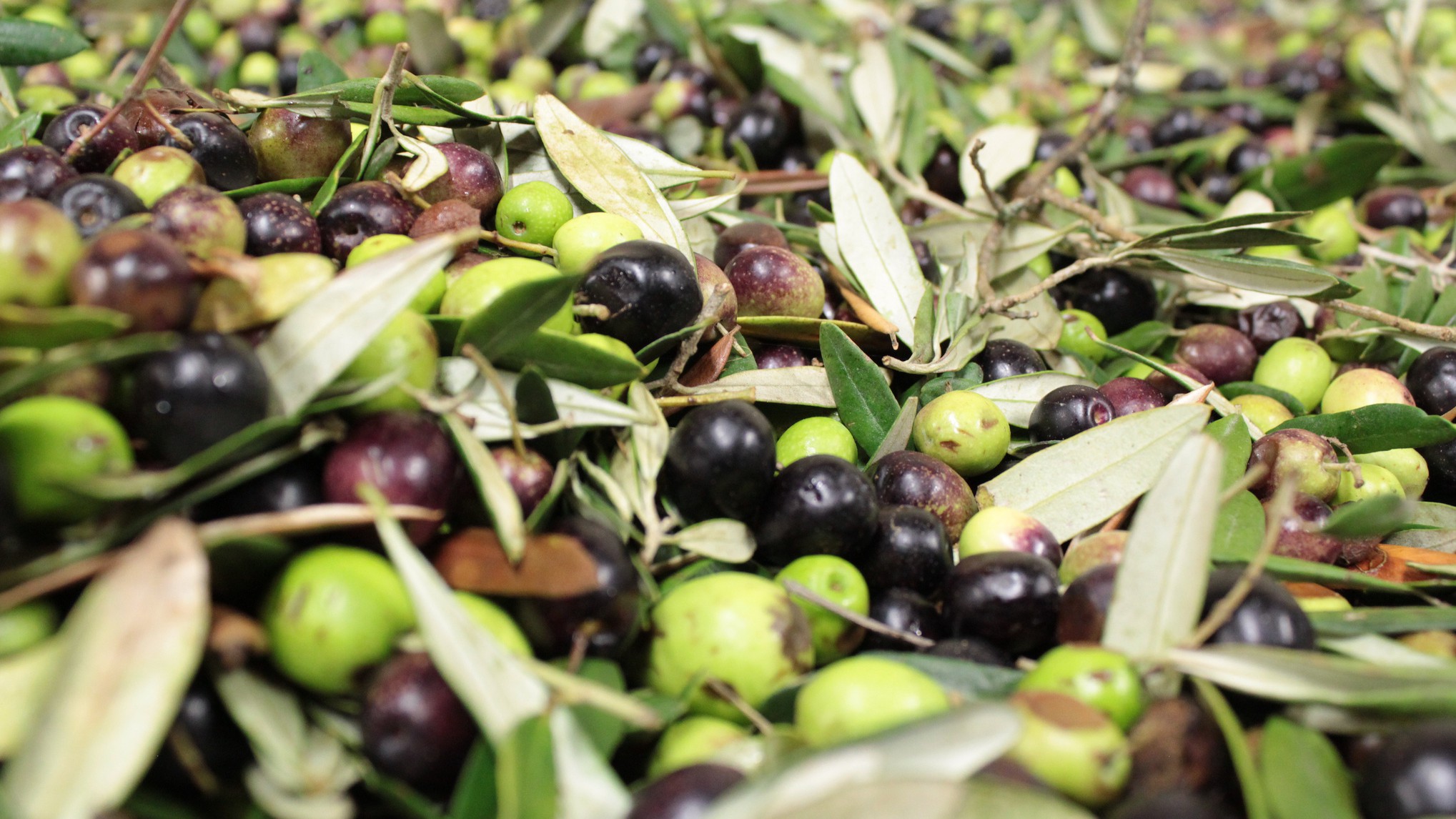Olives trees have a lot to offer the United States. One of those things is water — and this year, as California dries to a shriveled crisp, water is looking especially important.
Most olives grown around the world have no irrigation. The trees are built for drought: They have narrow, waxy, abstemious leaves. They’ve evolved biological tricks for going dormant when things get too dry; they hunker down and then spring back when the rains come. These skills are appealing to farmers, especially ones who have recently ripped out a drought-ravaged orchard, thereby walking away from a 20-year investment.
It’s nearly impossible to say whether California’s drought is linked to climate change. Current models suggest that the state could actually get a little wetter, but they also suggest hotter summers and greater extremes. When the droughts do come, they are going to be serious.
One projection is clear: There are going to be a lot more people sticking their straws into the communal cup. So, right about now, this tree that’s adapted for California’s Mediterranean climate, survives without irrigation, and produces food at the same time seems pretty cool.
In the midst of this drought wracking the country’s agricultural powerhouse (don’t forget that California is the biggest ag state), forecasts tend toward the dire. But there is real hope in olives. Done right, olive oil farming could be a boon for nutrition and the environment. And, as a bonus, if we developed a domestic olive oil industry, we’d have access — for the first time — to the good stuff. Right now, just about everything we call olive oil is rancid, or something else entirely.
“There’s 10 times more California-grown olive oil than we had 10 years ago,” said Dan Flynn, executive director of the UC Davis Olive Center. “And olive oil consumption in the United States has gone up maybe ten fold in the last thirty years.”
Human health and health of the land
Olive oil hasn’t been a major part of American food traditions, but we’ve been incorporating it more and more. The market is growing 10 percent a year. Through all our spastic dietary fads, people have stood firm on one point: Olive oil is good stuff. The carb haters and the fat haters alike consider olive oil virtuous. And the FDA says we should maybe be replacing saturated fat with olive oil.
Americans currently consume an average of a liter of olive oil a year, but that’s nothing compared to the Spanish (10 liters) or the Italians (15 liters). “There’s a lot of room for growth in the U.S. if it took the space of other fats,” Flynn said.
It could also be good for the environment if olives took the place of animal fats, or of that other — much thirstier — Mediterranean tree, the almond. I love almonds: they seem to be healthier than meat, and exact less suffering. But almonds do require a lot of water. Even when farmers irrigate olives to insure a large crop, they use half the water that almond trees require.
The real trick, both for the environment and for human health, is to have olive oil take the place of something else. Americans seem to have a vague additive theory of nutrition: Instead of eating less of anything, we simply eat more of whatever is currently considered healthy — as if the vinaigrette on a salad will somehow cancel out the hamburger that comes next. It’s not entirely our fault: As Marion Nestle has been pointing out for years, government recommendations always tell us what to eat more of but shy away from telling us to eat less of anything.
The same additive logic goes for farming: So far, olive trees aren’t replacing almond groves or feedlots. A lot of the olives have gone in on marginal land that couldn’t support anything else, Flynn said. If olive oil production is going to be good for the environment, we’ll have to do better across the board.
Taste

Jill ClardyOlive grove in Filoli, Calif.
Perhaps the first thing people will notice from the growing domestic olive crop is the taste. Unlike most oils, it actually has a range of powerful flavors: It’s grassy, peppery, slightly astringent.
Currently, 97 percent of olive oil consumed in the U.S. is imported, and a lot of it is crappy. We get the oil rejected by other countries, and there are chances for fraud at every stop along the journey. When Flynn’s Olive Center tested oils, it found that a lot of the stuff labeled “extra virgin” was rancid.
The thing is, we Americans don’t know the difference. As Tom Mueller carefully documented in his book, Extra Virginity, the oil suppliers are simply catering to our ignorant taste buds. They know they are dealing with rampant fraud, Mueller writes, but essentially say, “‘Yeah, we know, but it’s cheap, and that’s what our customers want.’”
Mueller writes, “It’s rare to find authentic extra  virgin olive oil in a restaurant in America, even in fine restaurants that ought to know better. It’s nearly impossible in some localities such as southern California, where large-scale counterfeiters pump out blends of low-grade olive oil and soybean oil dyed bright green…”
virgin olive oil in a restaurant in America, even in fine restaurants that ought to know better. It’s nearly impossible in some localities such as southern California, where large-scale counterfeiters pump out blends of low-grade olive oil and soybean oil dyed bright green…”
All this means that many American have never tasted good olive oil. “For a lot of people, it’s an entirely new flavor and quality experience,” Flynn said.
If we shortened the supply chain by making olive oil locally, there would be fewer opportunities for fraudsters to adulterate the mix. And a stronger olive industry might campaign for stricter regulation of imports. We have some of the loosest laws, and an even looser inspection regime for food oils. The U.S., Mueller says, “is an oil criminal’s dream.”
If American eaters stopped accepting the oil con, and started demanding real olive oil, they could support a more resilient crop for the uncertain future. Adapting to change may be hard, but it doesn’t have to leave a bad taste in our mouths.




